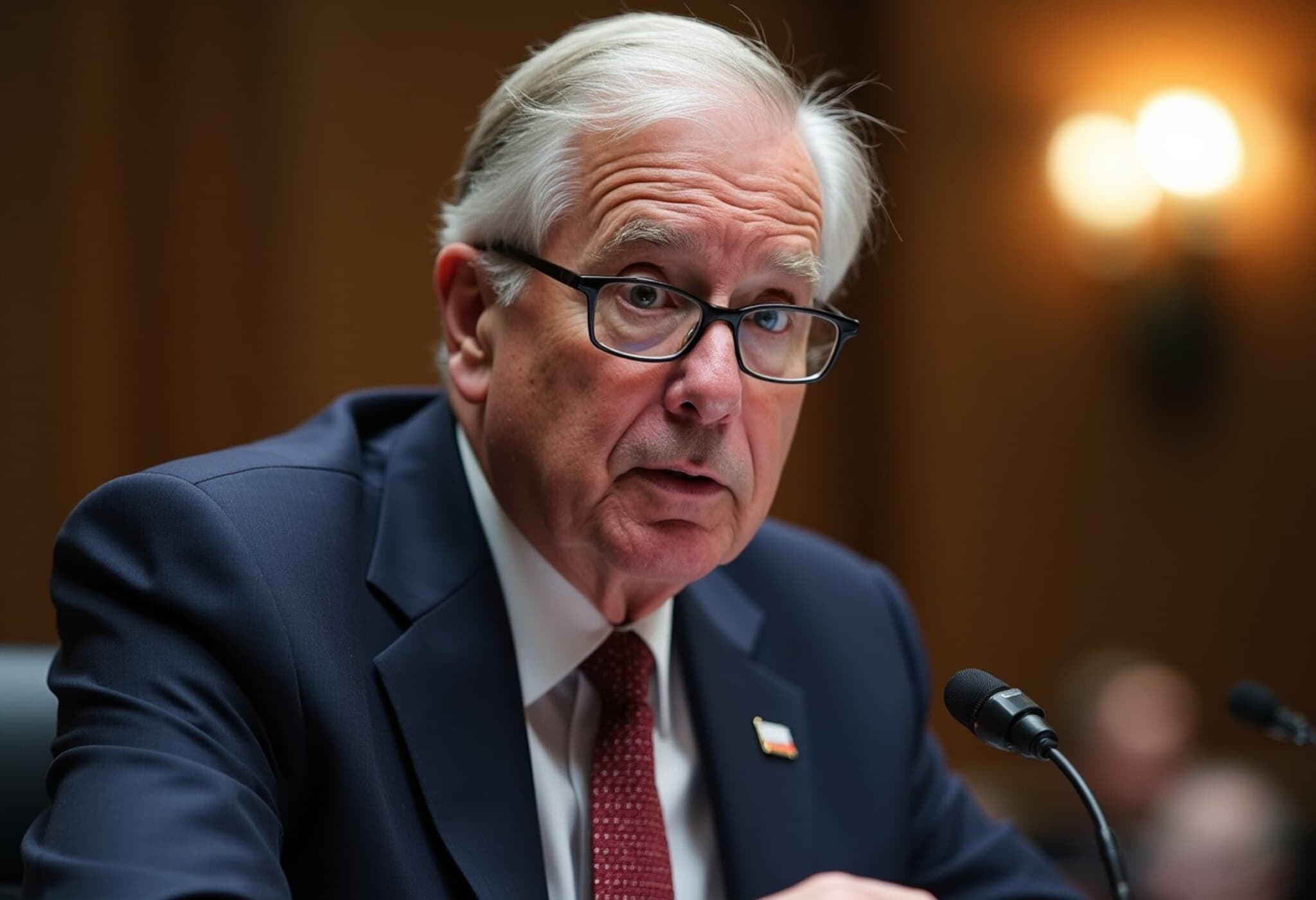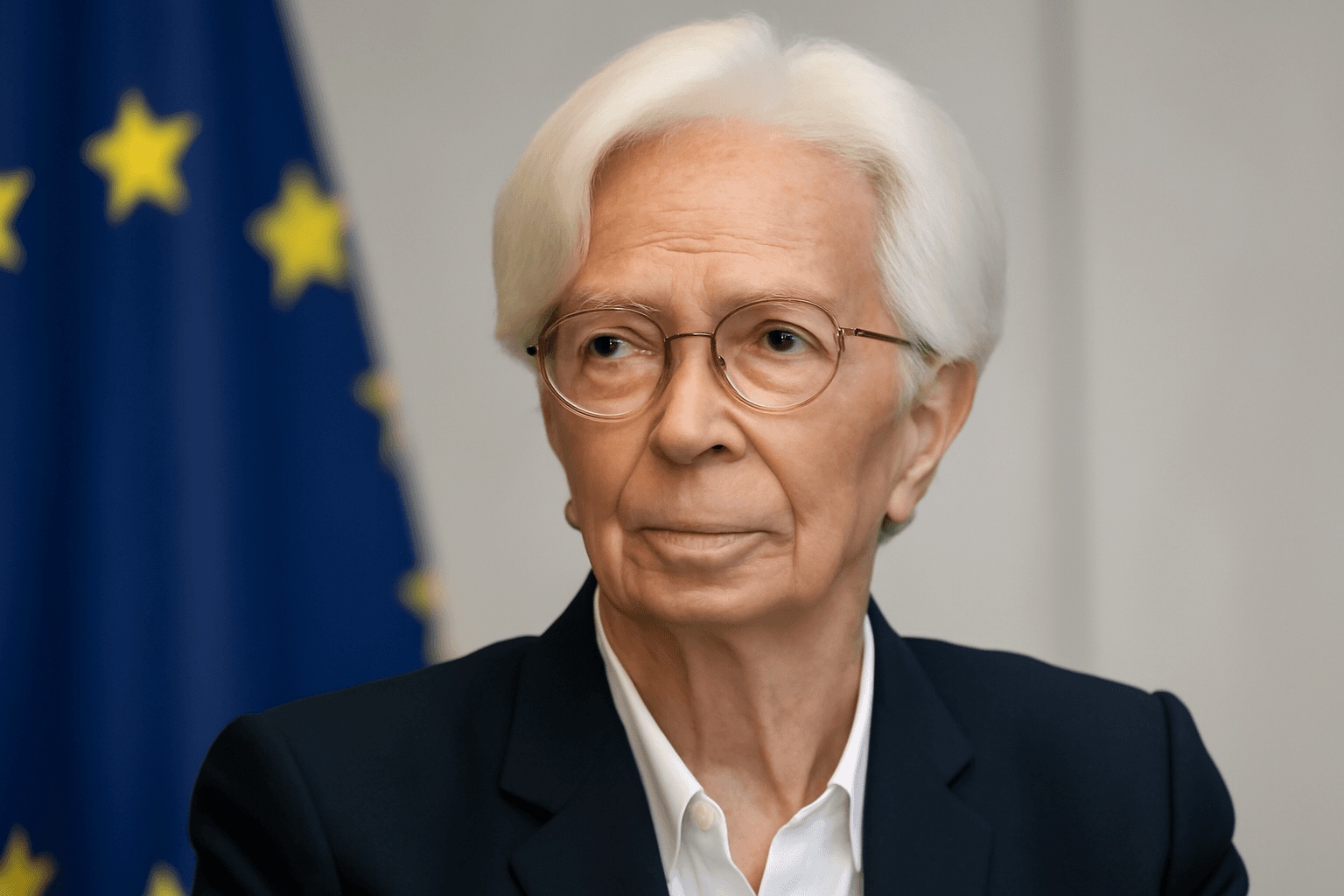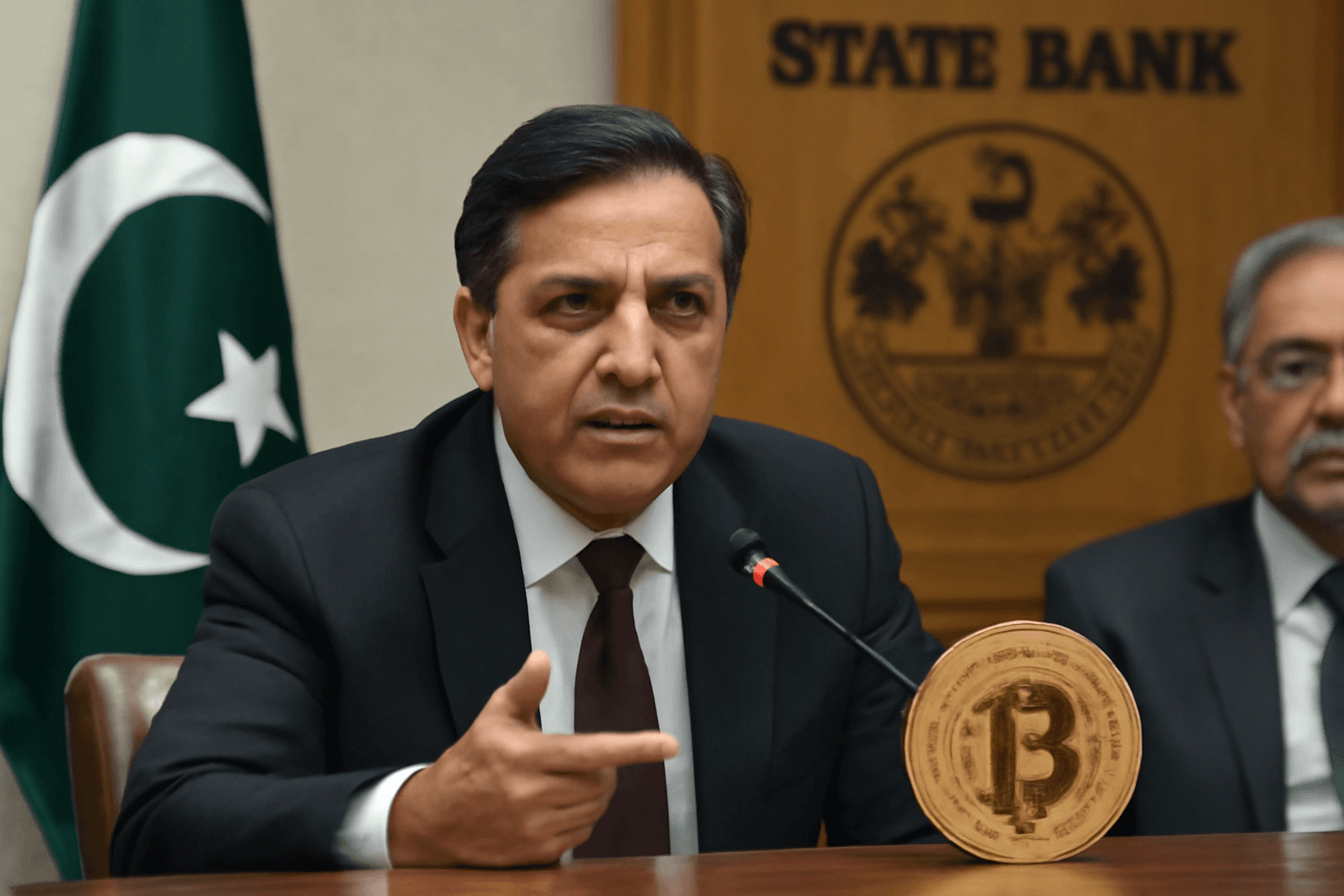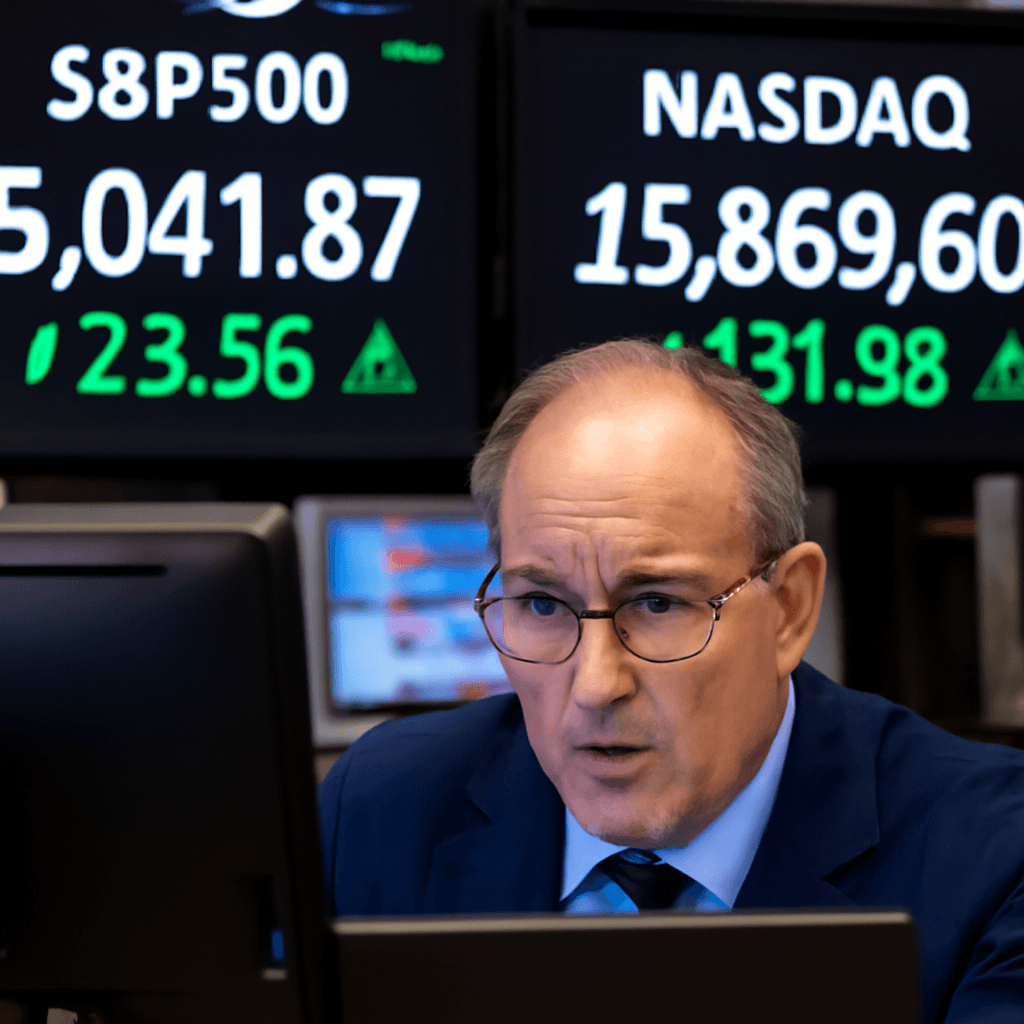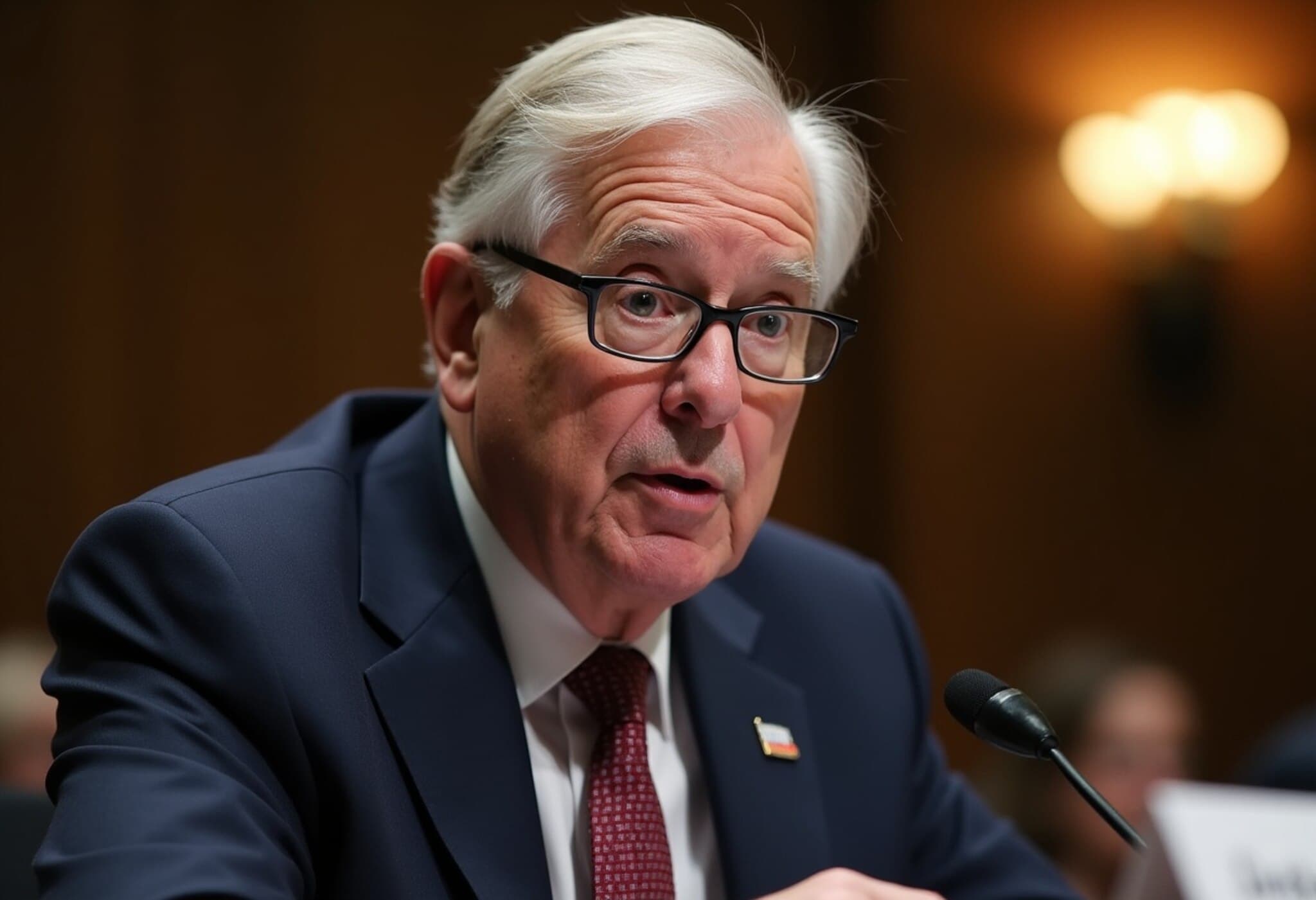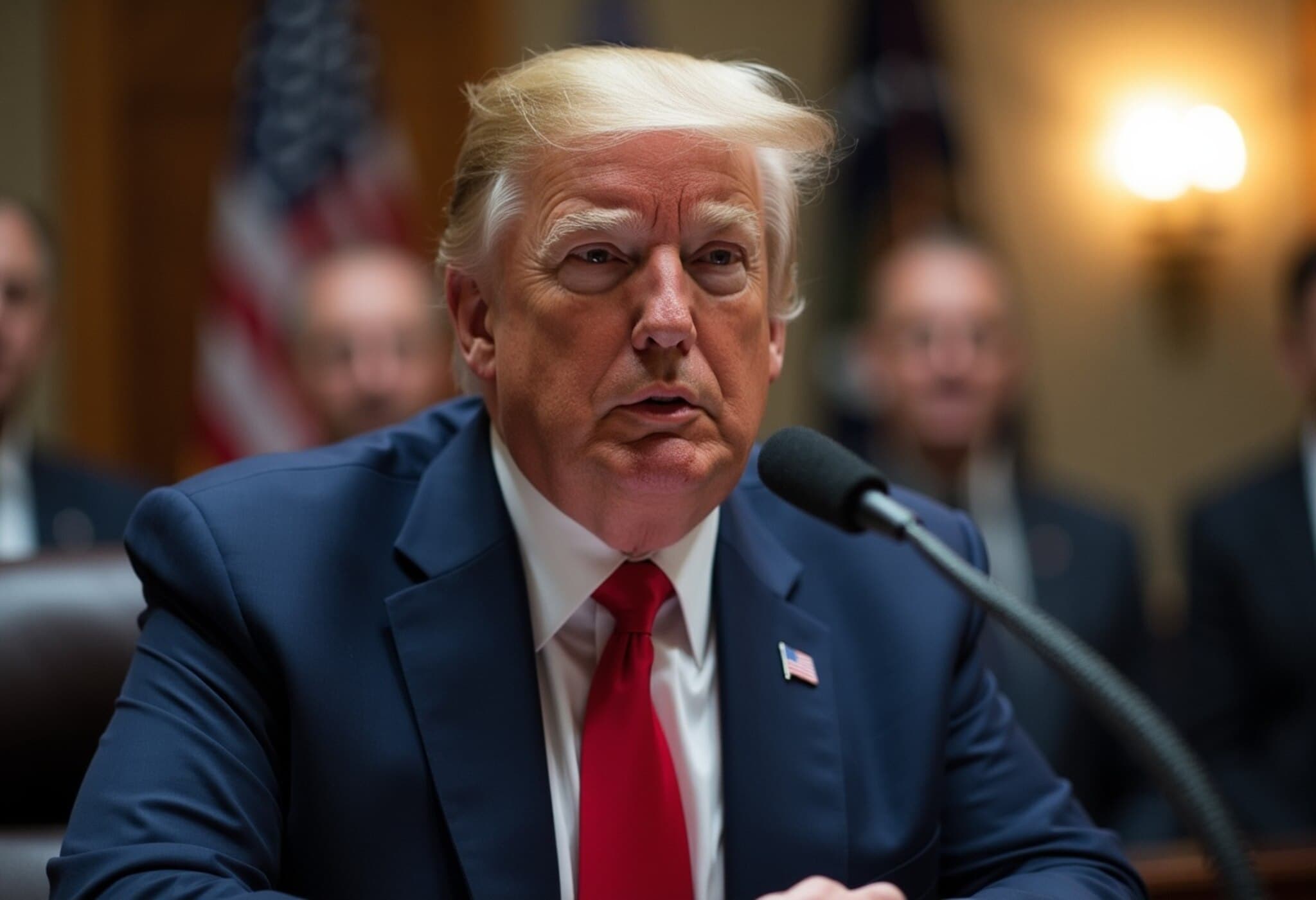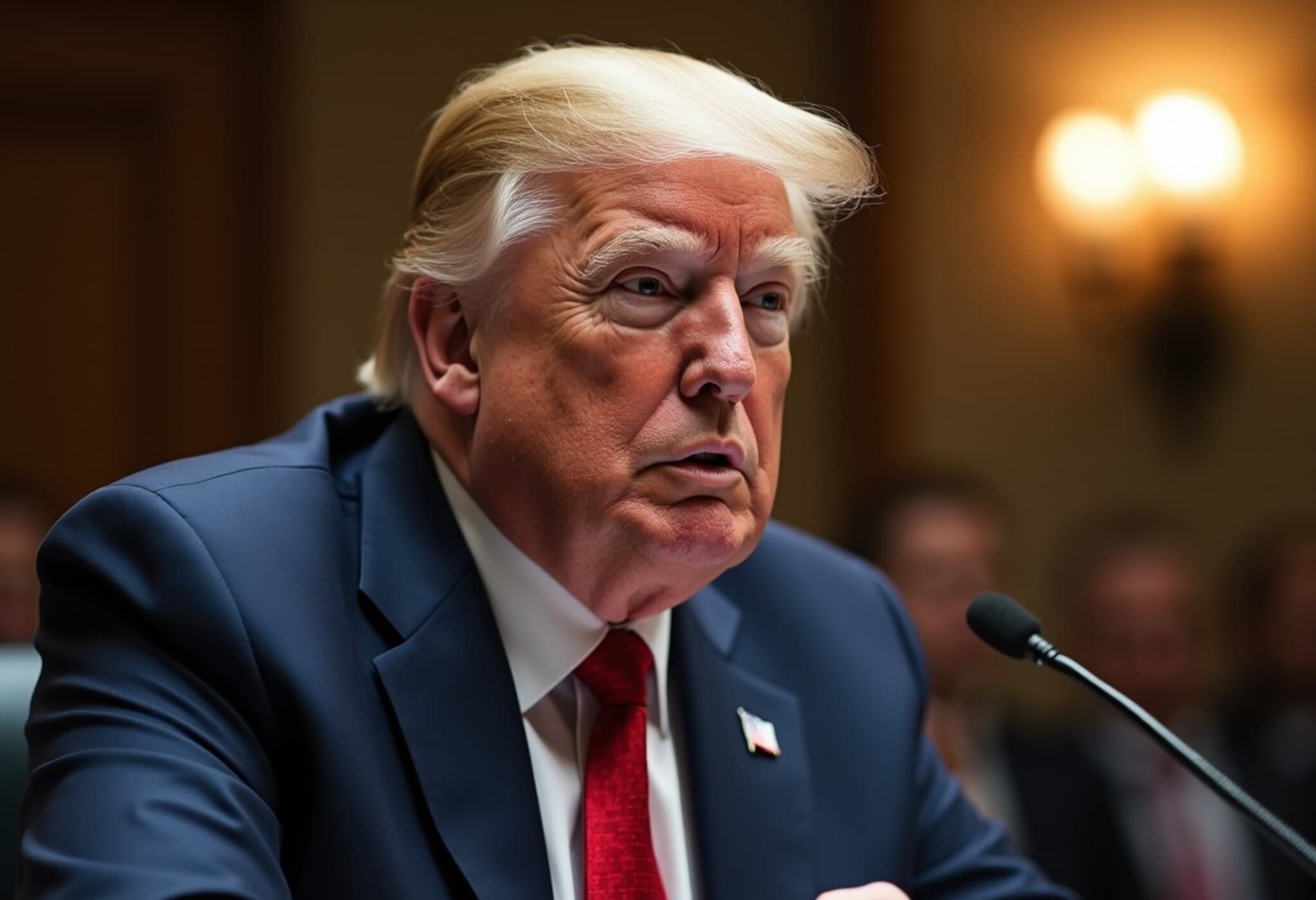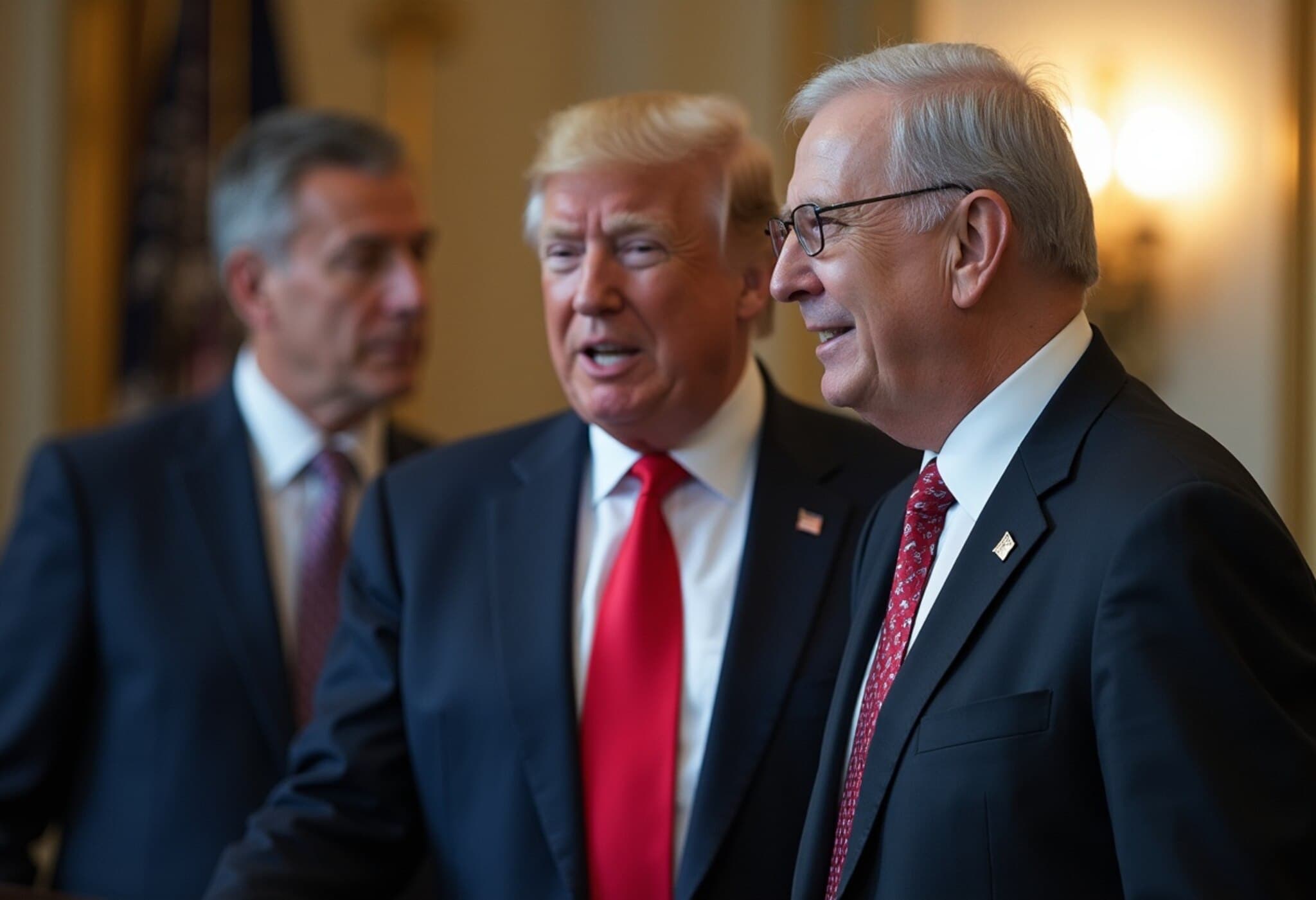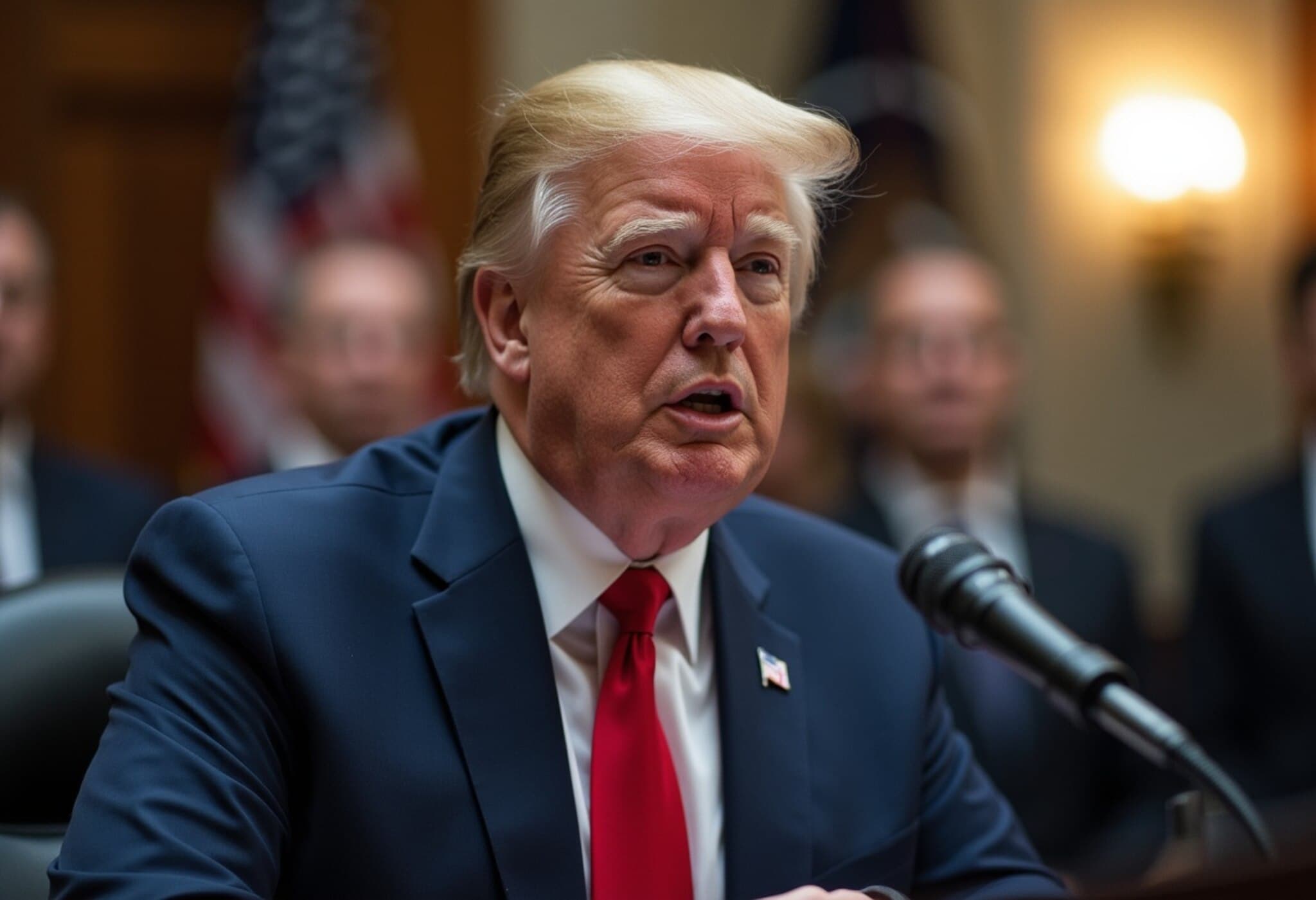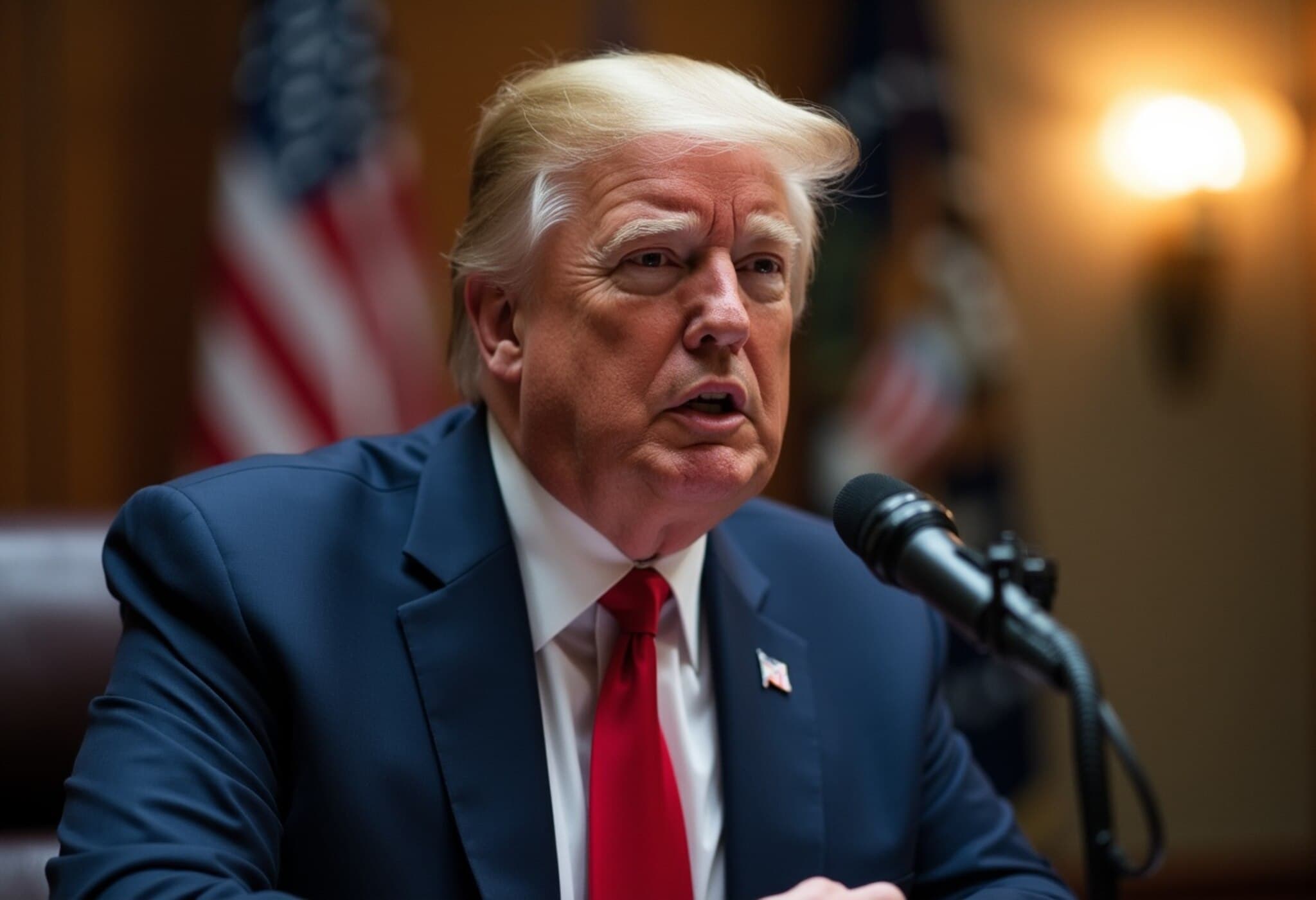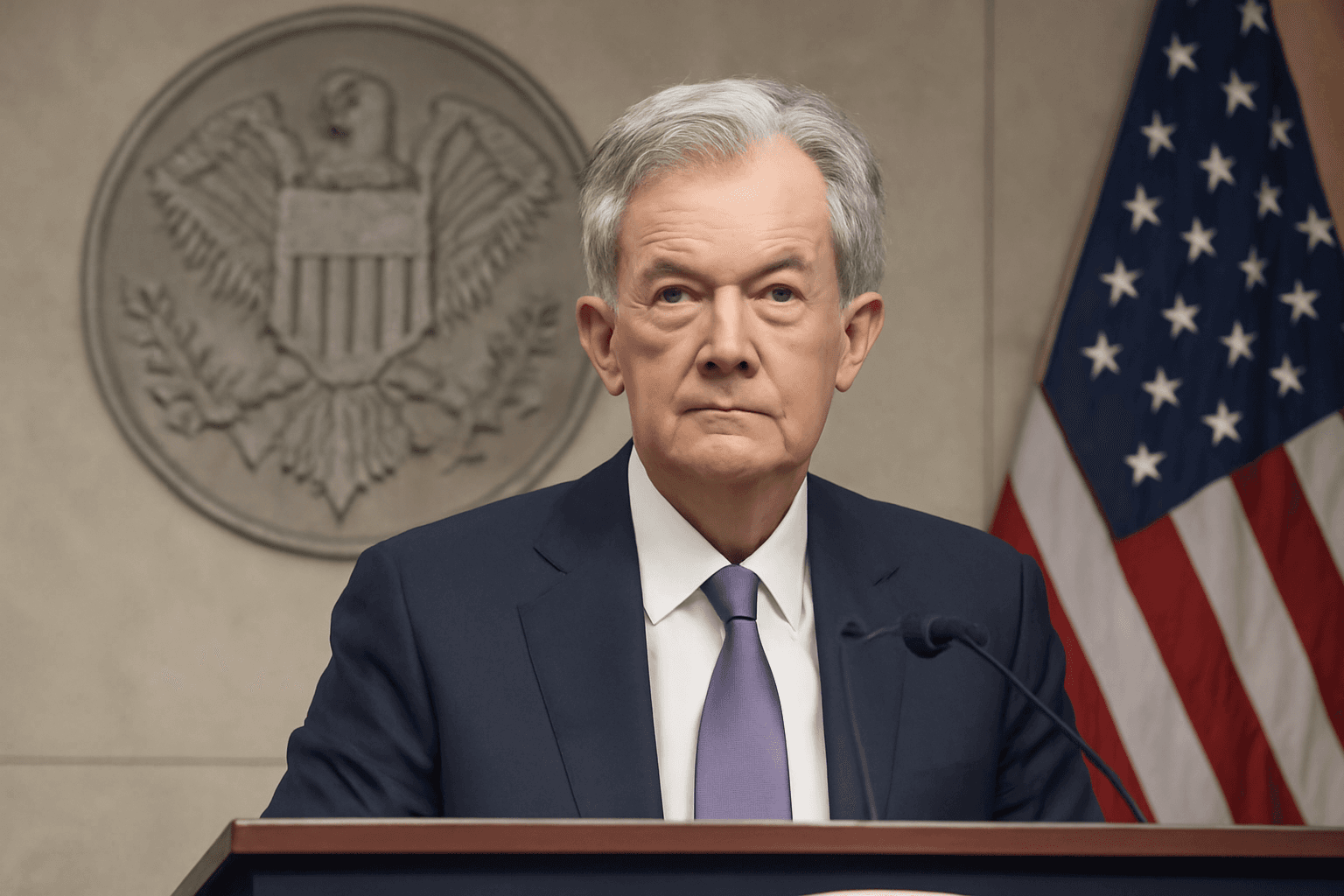Powell Signals Caution on Rate Cuts Amid Economic Uncertainty
Federal Reserve Chair Jerome Powell indicated on Tuesday that the central bank will hold steady on its key interest rate for now, choosing to wait for clearer signs from the economy before making any adjustments. This cautious stance comes despite ongoing calls from President Donald Trump for immediate rate reductions to stimulate growth.
Powell Faces Congressional Scrutiny but Maintains Steady Course
Testifying before the House Financial Services Committee, Powell reiterated the Fed’s commitment to its dual mandate of controlling inflation and supporting maximum employment. While several Republican lawmakers pressed for quicker rate cuts, Powell emphasized that the Federal Reserve needs additional time to evaluate the economic impact of recent policies, especially trade tariffs.
“For the time being, we are well positioned to wait to learn more about the likely course of the economy before considering any adjustments to our policy stance,” Powell said, acknowledging the complex environment facing policymakers.
Tariffs and Their Uncertain Impact on Inflation
Powell highlighted the unpredictable effect tariffs may have on inflation, noting that while price increases are expected, it remains unclear how much of the added cost will be passed onto consumers.
“We do expect tariff inflation to show up more,” Powell said. “We really don’t know how much of that’s going to be passed through the consumer. We have to wait and see.” He added that if inflation fails to rise as anticipated, or if unemployment spikes, the Fed could consider rate cuts sooner than currently planned.
Political Pressure Intensifies
President Trump renewed his criticism on social media, describing Powell as “very dumb” and warning that the country will bear the consequences of his “incompetence” for years. Despite this, Powell asserted that the Fed’s decisions are guided solely by economic data and the wellbeing of the American people, dismissing political pressure as a distraction.
“We always do what we think is the right thing to do, and we live with the consequences,” he said.
Internal Fed Dynamics and Future Outlook
Last week’s unanimous decision by the Fed’s 19-member committee kept interest rates steady, yet forecasts revealed divisions: seven members predicted no cuts this year, while ten anticipated at least two reductions.
Some Fed officials appointed by Trump, including Michelle Bowman and Christopher Waller, have signaled openness to rate cuts as early as July, though Powell has refrained from confirming any specific timeline, suggesting September might be more likely.
Other officials, like Cleveland Fed President Beth Hammock, caution that rates might remain unchanged for an extended period due to economic uncertainty.
Balancing Inflation, Employment, and Political Influence
Powell stressed the Fed's responsibility to prevent temporary price hikes from becoming entrenched inflation. Despite the president’s push to reduce interest rates to ease government debt repayments, the central bank maintains its focus on economic health over fiscal concerns.
Waller remarked, “Lowering the government’s borrowing costs is not our job,” placing the responsibility for the national deficit on elected officials.
Trump’s Claims on Rate Cuts Misaligned with Reality
Trump has repeatedly claimed that the European Central Bank has aggressively cut rates, contrasting it with the Fed’s caution. However, data shows the ECB cut rates eight times in the past year, while the Fed made three reductions late last year before pausing to assess tariff-driven inflation risks.
Current Inflation Trends
Despite widespread concerns over tariffs and their potential to drive prices higher, inflation has remained subdued. The Consumer Price Index recorded only a 0.1% rise from April to May, indicating relatively muted price pressures across the U.S. economy.

